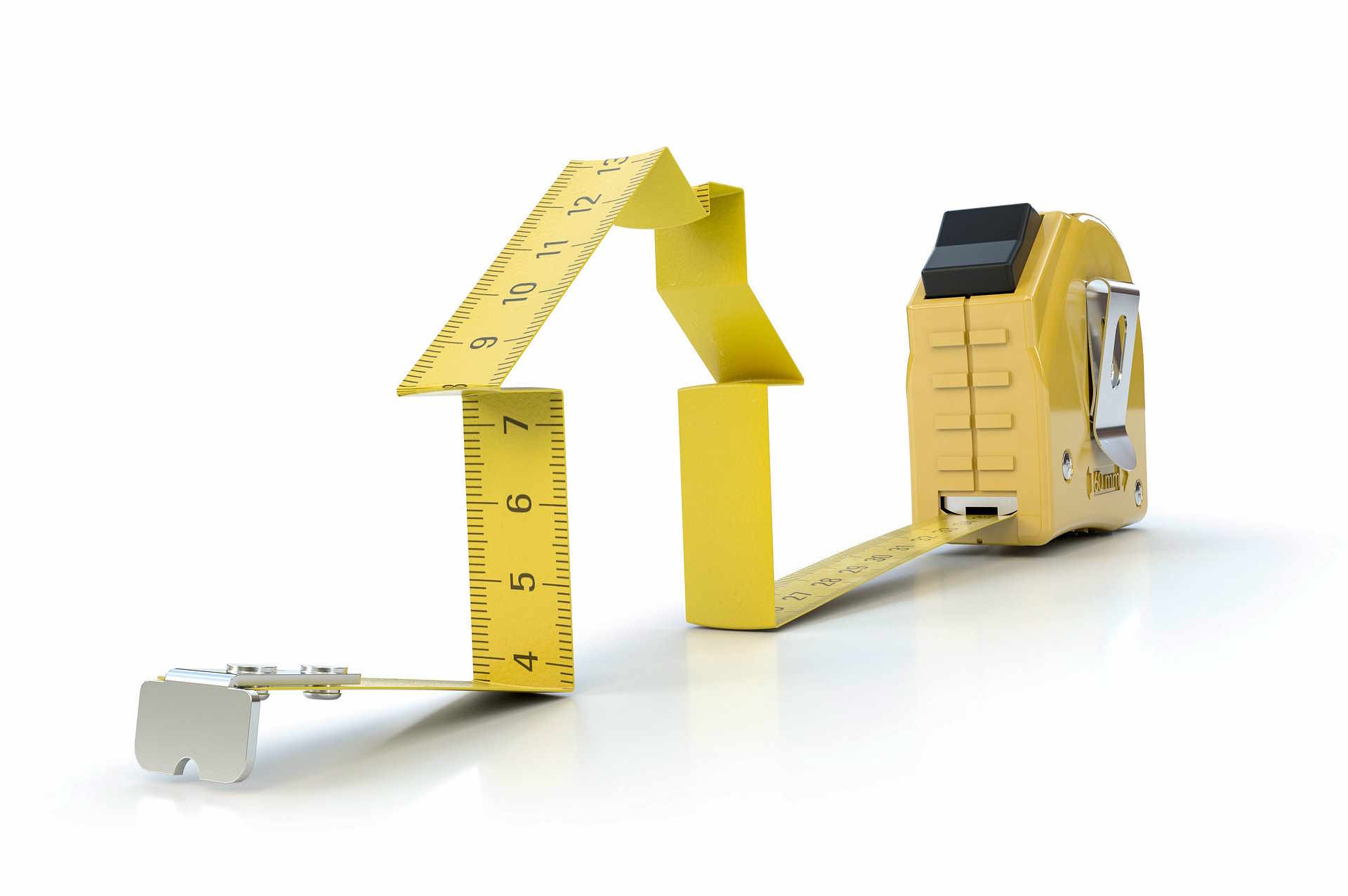What Is Your Home Worth? A Practical Guide to Property Value
Discover how to determine your home's market value and what drives property prices. This detailed guide explains appraisals, online estimates, comparables, and how upgrades and market trends affect home worth. Perfect for homeowners planning to sell, refinance, or improve their investment.

Owning a home means managing one of your largest assets. Knowing what your property is worth right now helps with decisions like selling, refinancing, or planning renovations. This guide walks through reliable valuation methods, the main drivers of price, practical improvements that boost value, and how market shifts influence what buyers are willing to pay.
How to estimate your home’s current market value
Several approaches can give you a realistic picture of your home’s market value. Each has strengths and limitations, so using more than one method often produces the best result.
-
Professional appraisals: A licensed appraiser conducts a formal assessment based on property condition, recent comparable sales, and local market trends. Appraisals are typically the most accurate option when you need an official value for refinancing or legal purposes.
-
Comparative Market Analysis (CMA): Real estate agents prepare CMAs by comparing recently sold homes that closely match yours in location, size, age, and features. Agents use CMAs to suggest listing prices and to position your home competitively.
-
Online valuation tools: Automated valuation models on real estate websites can provide quick ballpark estimates. They use public records and sales data, but results vary by market and often miss unique property attributes.
-
Home inspections and condition reports: While not a direct valuation, an inspection clarifies issues that could lower a sale price or affect an appraisal. Addressing major defects before listing can improve the eventual valuation.
To refine your estimate, gather supporting documents (deed, recent utility upgrades, permits for renovations), prepare the house for showings, and review local sales of truly comparable homes. Combining an online estimate with a CMA or appraisal gives you both speed and accuracy.
Primary factors that influence property values
Home value is shaped by a mix of external and internal factors. Understanding these elements helps you prioritize improvements and time your real estate decisions.
External influences:
- Neighborhood development and desirability: Schools, safety, walkability, and nearby amenities strongly affect demand.
- Local zoning and planning: New commercial projects, transit expansion, or zoning changes can raise or lower nearby home values.
- Infrastructure improvements: Roads, utilities, and community investments often lead to higher property values.
Internal influences:
- Condition and maintenance: A well-maintained home fetches a better price than one needing significant repairs.
- Size and layout: Usable square footage, the number of bedrooms and bathrooms, and functional layouts are key buyer considerations.
- Recent upgrades: Modern kitchens, updated bathrooms, and efficient heating/cooling systems increase buyer appeal.
- Energy-efficient features and smart technology: These elements can differentiate a property and appeal to cost-conscious, tech-savvy buyers.
Practical upgrades that tend to increase resale value
Not all improvements yield the same return. Prioritize projects that attract buyers and require reasonable investment.
-
Kitchen and bathroom renovations: These rooms often deliver the highest return on investment. Consider resurfacing cabinets, replacing countertops, and updating fixtures rather than a full gut job if budgets are tight.
-
Energy-efficient upgrades: New windows, improved insulation, high-efficiency HVAC systems, and ENERGY STAR appliances can lower operating costs and appeal to eco-minded buyers.
-
Curb appeal improvements: Fresh landscaping, new exterior paint, updated front doors, and clean driveways create a strong first impression and can influence perceived value.
-
Regular maintenance and repairs: Fix leaking roofs, update electrical systems, and resolve plumbing issues. Buyers are willing to pay more for a home with fewer immediate problems.
-
Modern safety and convenience features: Updated smoke and carbon monoxide detectors, security systems, and accessible design elements increase comfort and marketability.
-
Smart home integration: Thermostats, lighting controls, and security cameras that integrate easily can be attractive selling points without huge costs.
Understanding why home values fluctuate
Real estate markets are dynamic. Several macro and local factors cause values to rise or fall over time:
- Economic conditions and employment trends: Strong job markets and rising incomes typically boost housing demand and prices.
- Interest rates: Lower mortgage rates make borrowing cheaper, expanding the pool of buyers; higher rates can dampen demand.
- Local development and demographics: Population growth, migration patterns, and neighborhood revitalization projects shift demand and inventory.
- Supply constraints and new construction: Shortages of available homes push prices up, while an influx of new listings or developments can ease pressure.
As a homeowner, keep an eye on local market reports, track comparable sales in your neighborhood, and consult professionals when significant changes are on the horizon. Regular valuation checks help you spot opportunities to refinance, list, or invest in upgrades that maximize returns.
| Valuation Method | Provider Type | Cost Estimation |
|---|---|---|
| Professional Appraisal | Licensed Appraiser | $300-$700 |
| Comparative Market Analysis | Real Estate Agent | Often Free |
| Online Valuation Tool | Digital Platform | $0-$50 |
| Home Inspection | Licensed Inspector | $300-$500 |
Prices, rates, or cost estimates mentioned in this article are based on the latest available information but may change over time. Independent research is advised before making financial decisions.
Final thoughts
Regularly monitoring your home’s value lets you make informed choices about selling, refinancing, or renovating. By combining reliable valuation methods, focusing on high-impact improvements, and staying aware of market trends, you can protect and grow the value of your property over time.






